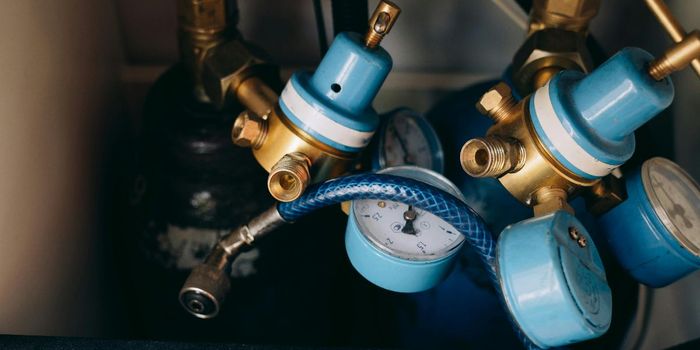Americans love football, but recent stories about the intense and cumulative effect of trauma on the brain has caused researchers to determine how often and how hard young football players are absorbing impact to their heads.

According to an article published online by JAMA Pediatrics and reported in Medical News Today (www.medicalnewstoday.com/releases/293501.php), 3 million youth athletes, 1.1 million high school athletes and 100,000 college athletes playing tackle football every year. While "a slight majority of concussions happened during youth football games but most concussions at the high school and college levels occurred during practice," the article said.
During the past year many news items about the impact of a lifetime of playing football on professional athletes have been reported. In addition, a report from the Institute of Medicine stressed the necessity of determining the incidence of concussion in younger athletes.
The study by Thomas P. Dompier, Ph.D., A.T.C., of the Datalys Center for Sports Injury Research and Prevention Inc., Indianapolis, and coauthors collected data collected from three large injury surveillance systems. It was reported that "the Youth Football Surveillance System included 118 youth football teams, providing 4,092 athlete seasons (one player participating in one season); the National Athletic Treatment, Injury and Outcomes Network included 96 secondary school football programs, providing 11,957 athlete-seasons; and the National Collegiate Athletic Association Injury Surveillance Program included 24 member institutions, providing 4,305 athlete-seasons."
During the 2012 and 2013 seasons, 1,198 concussions were reported with "141 (11.8 percent) of them in youth athletes, 795 (66.4 percent) in high school athletes and 262 (21.9 percent) in college athletes," the report said. About 9.6 percent, 4 percent and 8 percent of all injuries reported in the youth, high school and college football groups were caused by concussions.
The results indicate that "53.9 percent of concussions occurred during youth football games, but in high school and college most concussions (57.7 percent and 57.6 percent, respectively) happened during practice." While there were no concussions reported in youth football players aged 5 to 7, young players accounted for more than 7,000 athlete exposures (one player participating in one game or one practice).
According to the study, the college concussion rate (3.74 per 1,000 AEs) in games was higher than that reported in high school (2.01 per 1,000 AEs) and youth games (2.38 per 1,000 AEs).The college concussion rate in practice (0.53 per 1,000 AEs) was lower than the one in high school (0.66 per 1,000 AEs).
The lowest one-season concussion risks were reported in youth football had in 2012 (3.53 percent in 2012 and 3.13 percent in 2013). Risk for concussion was highest in high school (9.98 percent) and college (5.54 percent) in 2012.
The study concluded, "The rate of concussion in youth players was generally not different from those in high school and college players compared with other injuries. However, football practices were a major source of concussion at all three levels of competition. Concussions during practice might be mitigated and should prompt an evaluation of technique and head impact exposure. Although it is more difficult to change the intensity or conditions of a game, many strategies can be used during practice to limit play-to-player contact and other potentially injurious behaviors."
How can concussions be prevented or their effects minimized? Yesterday ABC News reported that football players at UCLA have started wearing sensor-laden helmets that enable researchers to study head-hits and concussions for the next three years. Funded by the National Collegiate Athletic Association (NCAA) and the Department of Defense (DOD), the $30 million project called Advanced Research Core, or ARC, includes the football teams at UCLA, Virginia Tech and the University of North Carolina. These schools will send data from the helmets to Indiana University for further research.
According to the report, 27 volunteer players at UCLA are going to wear the helmets that determine where and how hard the players have been hit. Special sensors will measure the impact in units of force of acceleration called g's, said Dr. Chris Giza, director of the UCLA Steve Tisch BrainSPORT Program and professor of pediatrics and neurosurgery at UCLA's David Geffen School of Medicine and Mattel Children's Hospital.
Giza explained, "The first part of the study is trying to figure out normal biological process -- what's that window of brain vulnerability before people can go back to [playing] safely." He hopes that what ARC researchers learn can be useful for college, high school and youth athletes.
Dr. John DiFiori, head physician at UCLA Health, added that the pager devices connected to the helmets sound their alarms approximately once during a practice to signify a critical hit, saying that there are about 250 hits per practice. Researchers want to study "the long-term effects of repeated concussions, such as CTE and perhaps a predisposition to dementia," the report concluded.
Source: Medical News Today and ABC News









